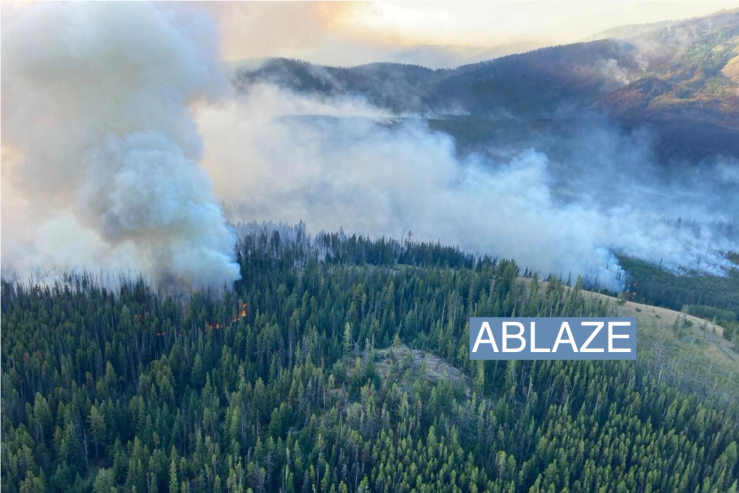The News
Massive wildfires in Canada triggered the evacuation of a regional capital, as the country experiences its worst-ever fire season. Residents of Yellowknife, capital of the Northwest Territories and home to 22,000 people, were ordered to evacuate by noon local time on Friday, marking the first time a capital city in Canada has been served such an order.
SIGNALS
It's difficult for emergency services to access the fires because Canada is huge. Roughly half of the country is covered by forest — so when fires burn, they spread across massive swaths of land that aren't easily reached by roads. Meanwhile, there simply aren't enough firefighters available to handle the fires.• 1
Resources are stretched thin. Canada's fire suppression program operates on a provincial level, so each region shares resources depending on where fires are burning. But with almost all• 2 of the country's provinces and territories experiencing burns this year, such collaboration is proving difficult. "You depend on not having fire all across the country for that sharing model to work," wildfire scientist Steve Taylor told Heatmap. "But there has been enough [fire] activity in the other provinces that there are fewer resources available."• 3
Emissions from the fires are massive. Canada emitted 290 megatons of carbon for the year ending Aug. 2 — more than double a record set in 2014. "In recent years we have seen significant wildfires in the northern hemisphere, but this year’s fire activity in Canada is highly unusual," Mark Parrington, a senior scientist from the Copernicus Atmosphere Monitoring Service, told the Financial Times.• 4
Financial Times: Canada’s emissions from wildfires more than double previous record



